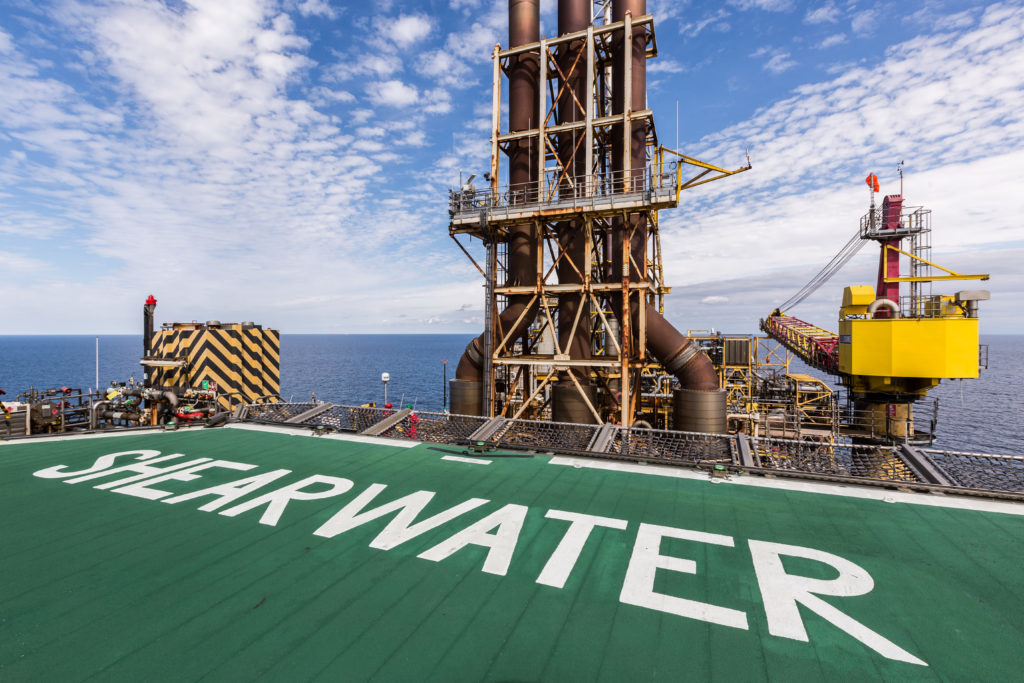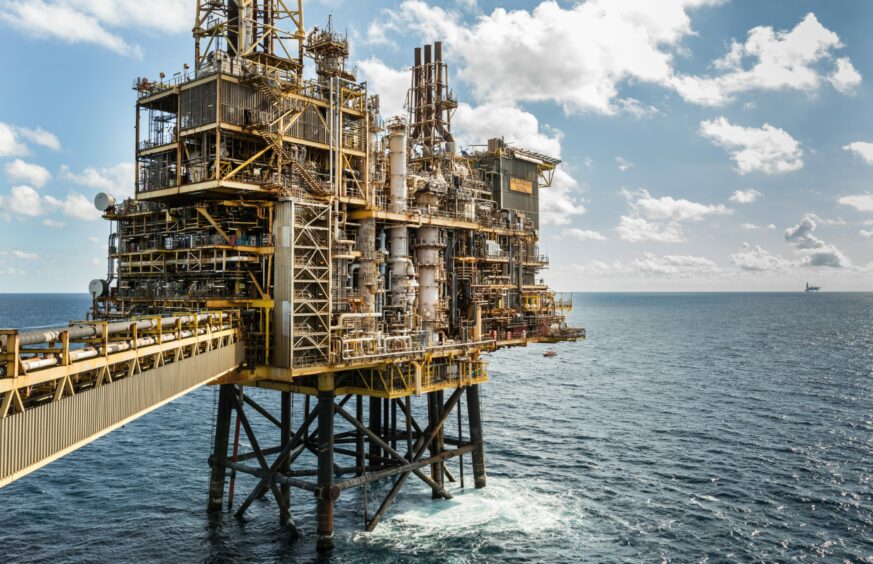
Analysts have backed Shell’s (LON:SHEL) Shearwater production hub to keep operating well into the next decade.
With nearby projects either on stream or due to start up in the coming years, Welligence expects the platform to remain running until at least the mid-2030s.
And with a long-future ahead for Shearwater, the research body expects emissions intensity from the installation to be significantly lowered.
Chief amongst the schemes that will see the platform through to the next decade is Jackdaw, which Shell recently green lit.
The North Sea gas field, located about 155 miles east of Aberdeen, will be tied back to the production hub.
It is expected to start-up towards the end of 2025 and, at peak production rate, could yield 40,000 barrels of oil equivalent per day.
Welligence said: “When Jackdaw production peaks in 2026, we forecast that it will bolster utilisation at the Shearwater hub from less than 20% to over 40%.
“A planned rerouting of gas export from the dry-gas SEAL network to the wet-gas SEGAL line will allow for increased production from the hub and contribute to extending the life of the facility.”
Arran and Columbus
As well as Jackdaw, Shell’s Arran field and Serica Energy’s Columbus, both of which have come onstream in the last year, hinge on Shearwater.
As of March, they accounted for around half of total production through the platform.
Current Shearwater hub production sit at 14,800 barrels a day (bbl/d) and 249 million cubic feet per day (MMcf/d).
That means liquid capacity has a utilisation of 15% and gas capacity utilisation stands at 78%, Welligence says.
As is the case generally across the North Sea, the focus is on maximising the potential of assets, something that is being achieved through tie-backs.
Welligence said: “Understanding current and future hub utilisation is critical in determining future potential offtake routes for undeveloped fields – in the North Sea this will be vital in increasing recovery around infrastructure.
“The combination of developing Arran, Columbus and Jackdaw in the longer term means the Shearwater hub is expected to remain operational until the mid-2030s. In the short term, it will result in significantly lowered GHG emissions intensity.”
Shearwater: a brief history
The Shearwater field came on stream in 2000 and was developed utilising a production, utilities and quarters platform alongside a wellhead jacket.
Processing is via single train separation with first and second stage processing capabilities.
Average annual peak production rates of 59,000 bbl/d oil and 309 MMcf/d were achieved in 2004.
But production soon entered decline and the field was shut-in just six years later due to a series of well failures.
But in 2015, production resumed once more through a successful re-development of the depleted reservoir.
 © Simon Price
© Simon Price